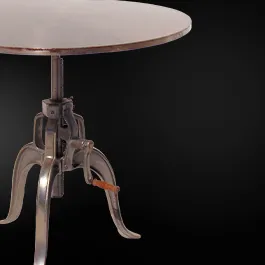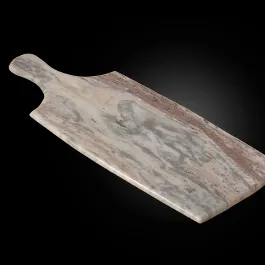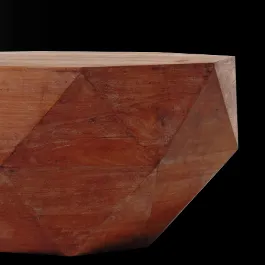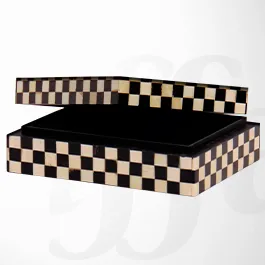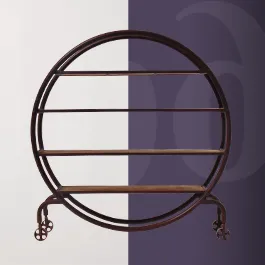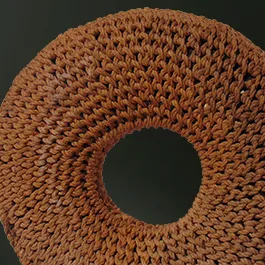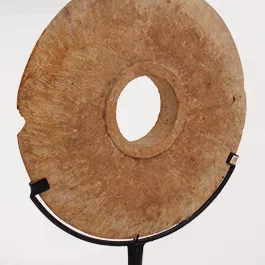Indian Decorative Art
XVII - XX Century / Furniture
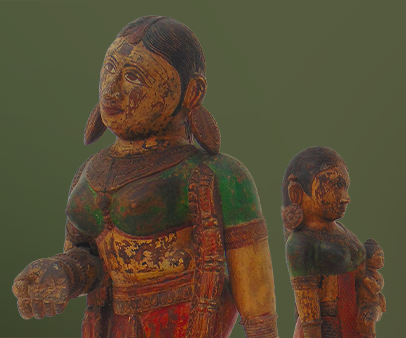
Traditions and skills
Decorative Art has been around for tens of thousand of years, it has played a crucial role throughout history encompassing cultural, social, and artistic significance.
In India, decorative art is a tapestry of cultural richness, aesthetic excellence, sacred geometry and historical significance. Its importance transcends mere ornamentation; it embodies centuries of artistic evolution, religious devotion, sensibility, cultural identity and refinement.
Nowadays these extraordinary art pieces act as a time capsule, preserving the history of the nation. The artistry of ancient civilizations like the Indus Valley antique civilisations, the great Mughal Empire and many more that can be witnessed in sculptures, paintings, furniture, objects and artifacts that have endured and transcended through the ages while connecting people to the beauty of the world around them.
Indian artists and artisans have honored their traditions and skills over generations, mastering techniques such as wood and stone carving, metalwork, textile arts and many more. The pursuit of perfection in these crafts has led to innovation and the creation of these exquisite pieces of art.
Decorative art has the power to evoke profound emotions. Whether it’s the serenity of a Buddha statue or the vibrant colors of a pair of polychromed wood Temple attendants, these art forms connect with people on an emotional level, instilling joy, awe, and introspection.
Through history all artforms have cultivated an appreciation for beauty in all aspects of life, from the wonders of the cosmos and the natural world to human creations. This heightened sense of beauty has led humanity to a more fulfilling, refined, enjoyable and aesthetically enriched existence.

